Many schools want to know how to become a national key university, Deputy Minister Hoang Minh Son said there are no specific standards, but many factors are considered.
The list and criteria for national key universities were issues of interest to delegates at the discussion to collect opinions on the draft Plan for the network of higher education and pedagogical institutions for the 2021-2023 period, with a vision to 2050, organized by the Ministry of Education and Training on the morning of December 7.
According to the draft, by 2030, the whole country will have about 250 higher education institutions, including 30 national key schools (5 national universities, 5 regional universities, 18-20 key industry schools).
Associate Professor Tran Thi My Dieu, Principal of Van Lang University, questioned the specific criteria for schools to become regional universities and key universities in the industry. She said that in the draft, the Ministry mentioned criteria such as student size, lecturers, number of professors, and area but they were not specific. In addition, the Ministry's list of key schools could eliminate the efforts of the schools.
"We set a goal to plan school A to become a regional university. Does this school itself assume that it doesn't need to do anything else? If other schools also strive and achieve those standards, why not choose them?", Ms. Dieu raised the issue.
Associate Professor Dr. Diep Thanh Tung, Vice Rector of Tra Vinh University, proposed adding a regional university in the Mekong Delta to the planning to balance with other regions. He explained that in the draft, this region only has one regional university, Can Tho University, which is not commensurate with the scale, workforce, and students.
Representatives of Can Tho University of Medicine and Pharmacy and Dong Thap University also proposed to put their schools on the list of key schools.
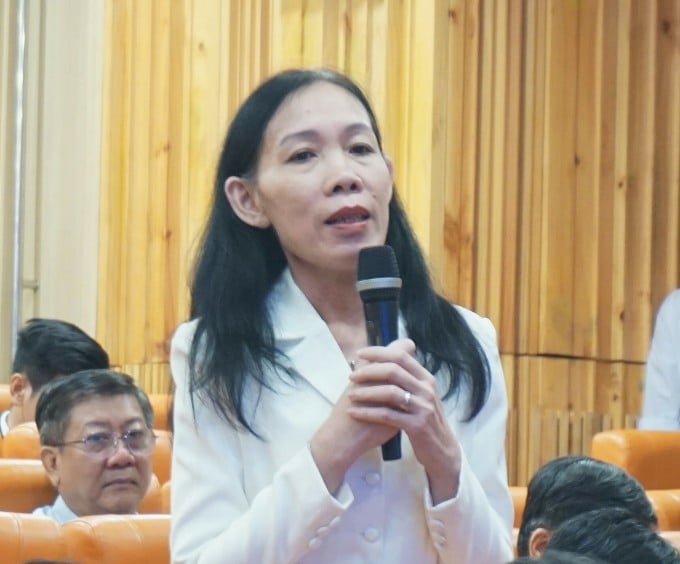
Associate Professor Tran Thi My Dieu asked a question at the discussion on the morning of December 7. Photo: Le Nguyen
In response, Deputy Minister Hoang Minh Son said there are no specific standards for determining national, regional, and industry-focused universities. Based on criteria such as quantity, scale, regional distribution, and many other factors, the best and most potential schools will be selected for planning.
He gave an example that when determining a regional university, regional and geopolitical factors need to be considered, but when choosing a key university for a sector, the most important factor is which university has the strongest capacity and potential in that field or sector.
"If we set standards and then recognize whoever meets them, then that is not planning," said Mr. Son.
A few days ago, at a similar conference in Hanoi, Mr. Son said that the state's investment resources are limited. There are schools with very good achievements, but it is necessary to consider whether they are key areas that the state must invest in. The principle of selection is key areas and sectors, closely following the Party's resolutions, prioritizing schools of education, medicine, science and technology, law, etc.
However, the Deputy Minister emphasized that not only schools on the key list will receive investment. The 30 national key schools are those that receive concentrated investment and are at national level. The remaining ministries, sectors and localities still have their own investment and development plans for the schools.
According to Mr. Son, planning the network of higher education and pedagogical facilities is a difficult problem. The planning is based on the existing system, ensuring the least disruption but bringing the highest efficiency.
"The final solution of this planning can only be called optimal, not the best, and cannot meet all the goals and expectations of the relevant parties," said the Deputy Minister.
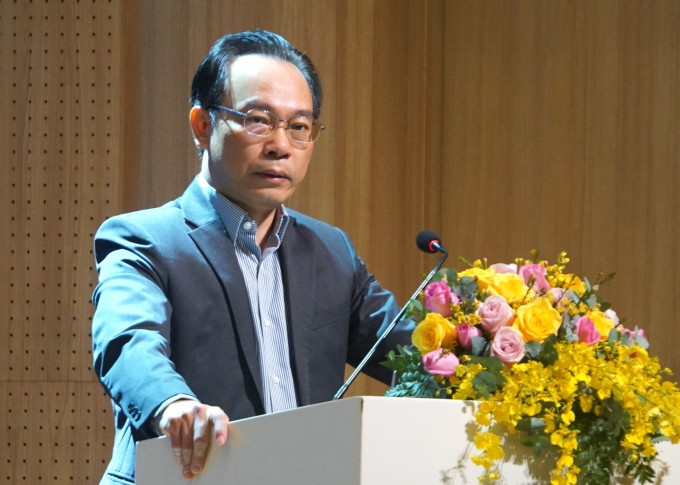
Deputy Minister Hoang Minh Son speaks at the seminar on December 7. Photo: Le Nguyen
Vietnam planned its university network in 2013. Some of the goals by 2020 are to have 460 higher education institutions (224 universities, 236 colleges), with 2.2 million students. In addition, one training institution is in the world's top 200, about 3% of the total number of students are foreigners.
Currently, the country has about 650 higher education institutions (including 244 universities, the rest are colleges) with 2.1 million students. Of these, 4 schools are in the top 1,000 of the two prestigious world university rankings, THE and QS, with the highest ranking being 514. The number of international students in Vietnam is about 45,000, accounting for more than 2% of the total number of students.
The goal of the university network planning to 2030, with a vision to 2050, is to consolidate and develop Vietnam’s higher education system in a synchronous, modern and coherent manner, creating an open, fair and high-quality system with a reasonable scale and structure. In the long term, this planning will help Vietnam be ranked among the countries with advanced higher education systems in the region.
Le Nguyen
Source link








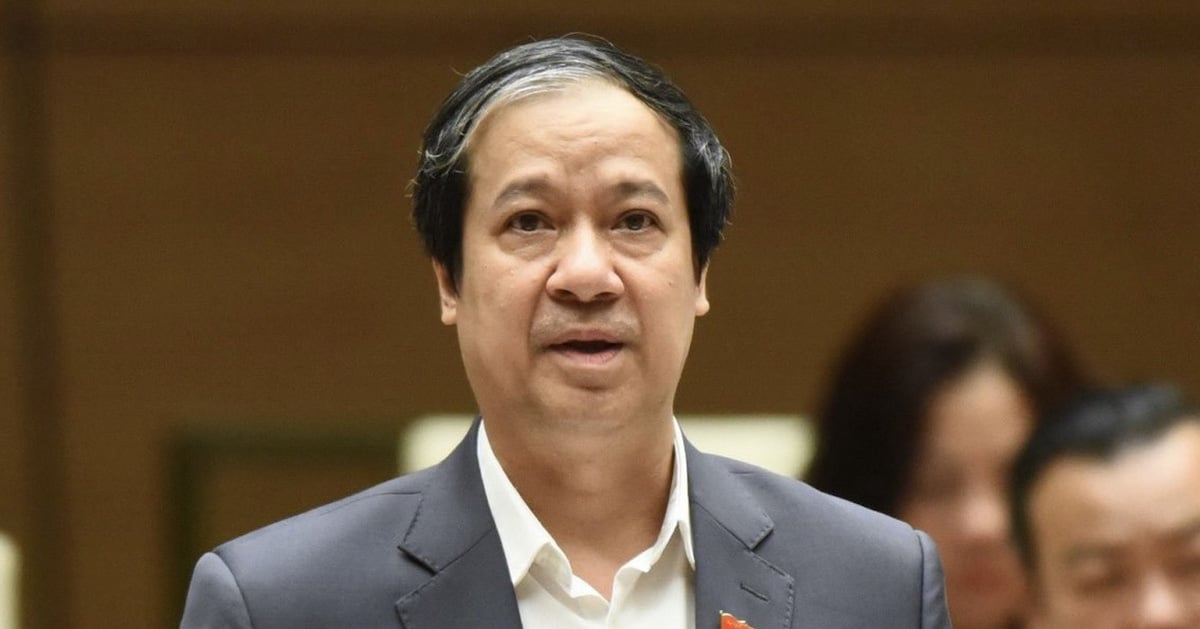

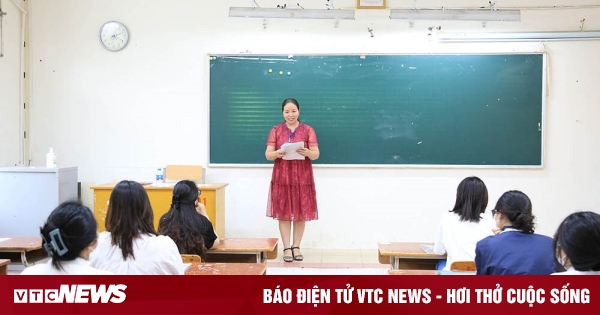

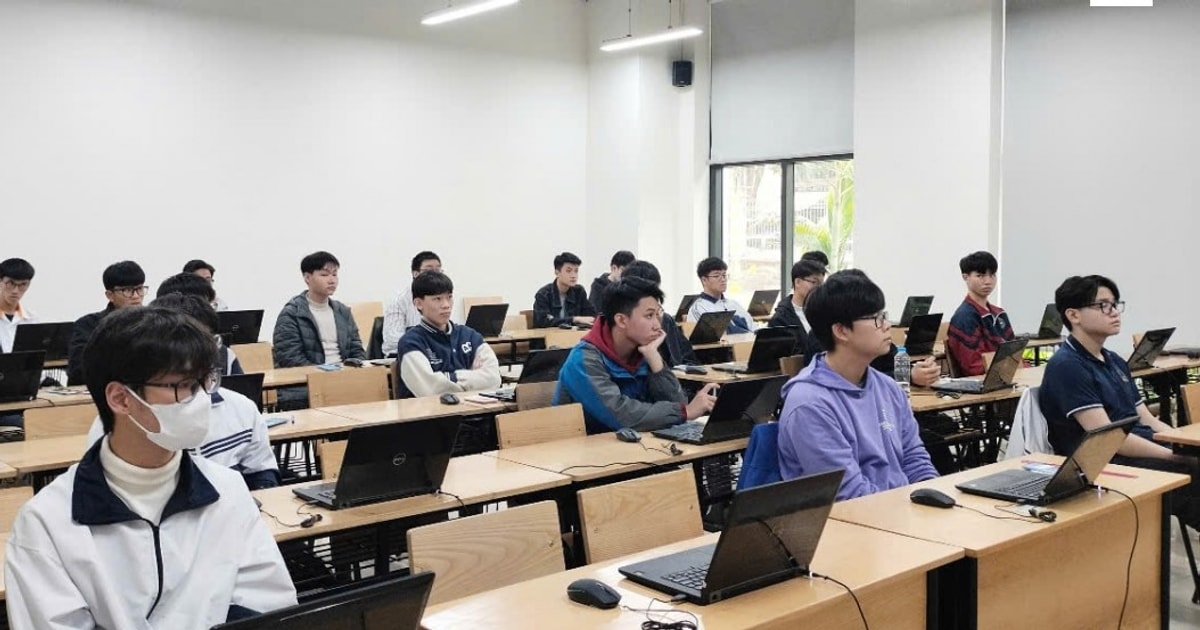




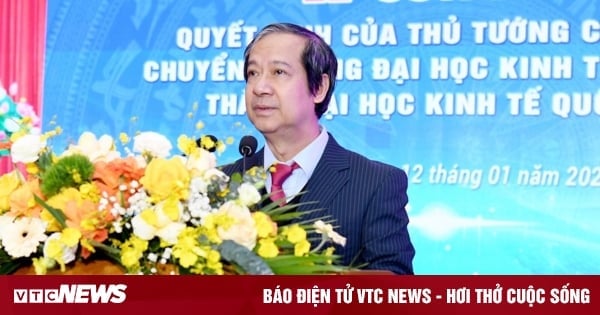






















![[Photo] Prime Minister Pham Minh Chinh chairs Government Conference with localities on economic growth](https://vstatic.vietnam.vn/vietnam/resource/IMAGE/2025/2/21/f34583484f2643a2a2b72168a0d64baa)





























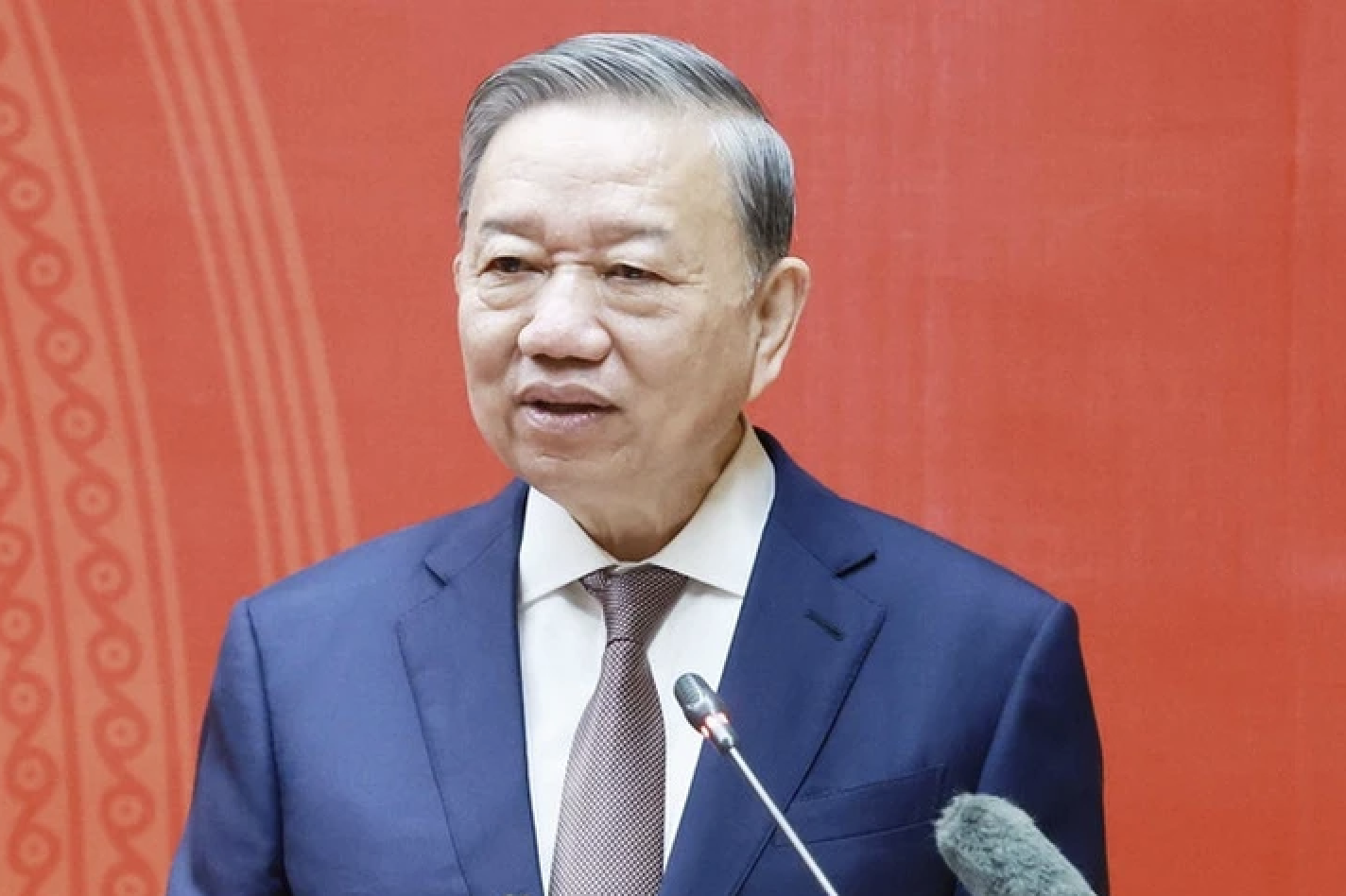
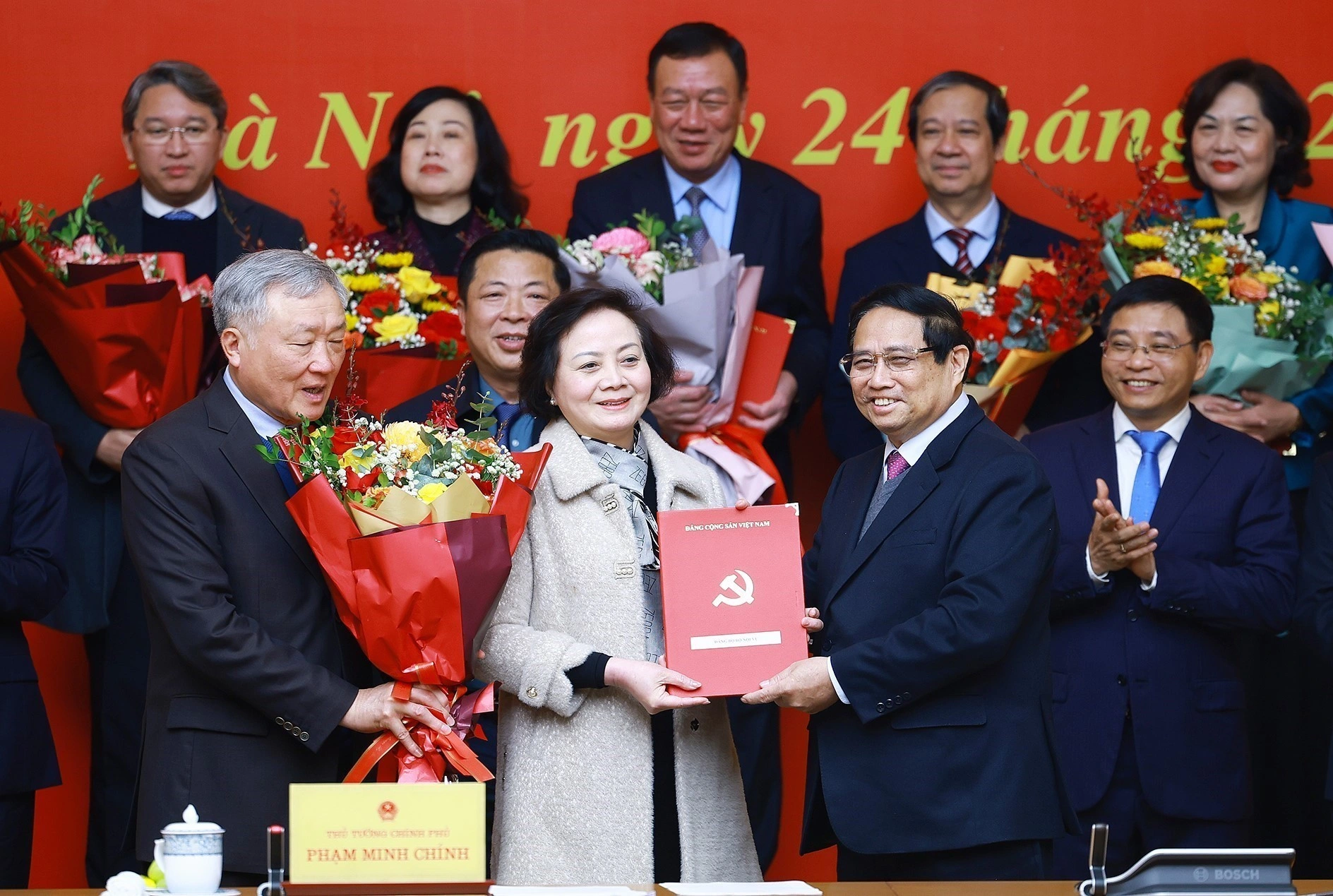
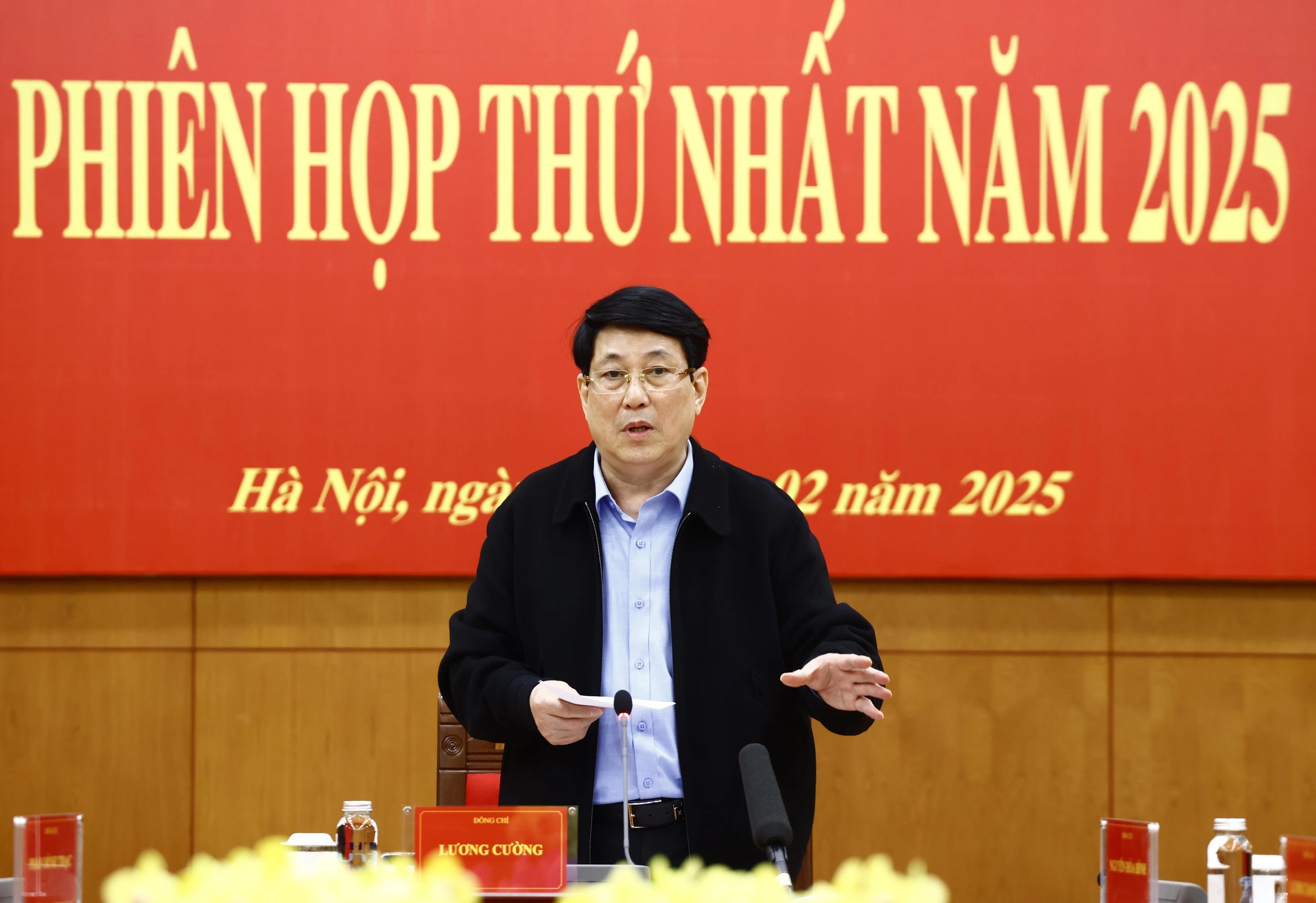


























Comment (0)